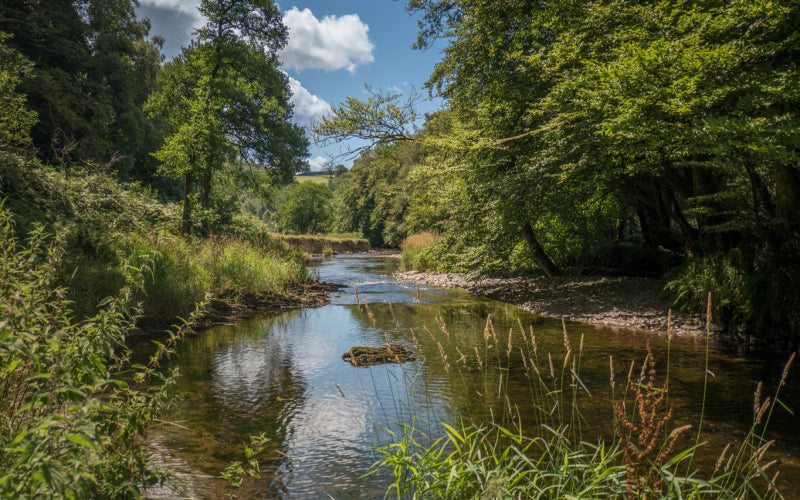
Facts & Guides on Pine Martins
Here is a quick rundown of the most important things to know about pine martens, ranging from the places in which they live and the food they eat to their physical attributes and abilities.
Habitat & Diet
The pine marten gets its name in part because it prefers to live in wooded areas, with the pine forests found in northern England and much of Scotland providing plenty of shelter and suitable hunting grounds.
Pine martens are primarily carnivorous, munching on insects, voles, mice and young bird chicks. They are able to climb into trees and target eggs and young in the nests of avians, although in general, they stick to lower level prey. Their diet is also supplemented by vegetation, including mushrooms and fruits that might be found in the forests and woodlands they occupy.
As is the case for most smaller mammals, pine martens are themselves prey to larger creatures. Foxes are known to snatch them when possible, while in parts of Scotland where golden eagles are present, they will also pose a threat. Sometimes pine martens will be killed by other animals simply because they are competing for the same food sources, rather than specifically as food for the predators themselves.
Body & Behaviour
The beautiful brown coat of the pine marten is offset by a milky-white bib below the neck. The problem with trying to spy these birds in the wild is that they tend towards nocturnal living, choosing to hunt at night when there is less chance that their prey will detect them before it is too late.
A fully grown adult pine marten can weigh in at over two kilos, and in terms of life expectancy it is possible for them to survive for more than a decade in the wild, which is a lot longer than their smaller relatives in the Mustelidae family.
Interestingly, there is evidence that pine martens are actually beneficial for red squirrel populations in the UK because they are helping to drive down the numbers of grey squirrels in certain areas, including Northern Ireland. This is possible because red squirrels and pine martens have developed a symbiotic relationship over the millennia, with the former sticking to the treetops while the latter hunts and scavenges at ground level. Conversely, the grey squirrels find it harder to compete in this context, because they too try to gather food from the forest floor.
While clearly not genetically related to cats, pine martens are surprisingly similar to felines in several ways. They have claws which can retract a little way into their toes, giving them extra grip when it comes to climbing tree trunks and leaping between branches. They are roughly the same size as a house cat, albeit with much longer bodies, and they also vocalise in a similar fashion to cats, although only during the mating season when they are trying to attract a partner.
Pine martens are territorial and do not live in family groups, but instead lead relatively solitary lives once they reach maturity. They patrol a patch of land and meet up to mate, then return to their solo existence in most cases.
Key Facts
There are plenty of other interesting things to discover about pine martens, including the fact that they faced persecution at the hands of humans during the 1800s. They were seen as a pest and driven out of many areas, in addition to being captured and killed so that their fine coats could be turned into clothing for the population of the time to wear to keep out the cold or for vanity.
This led to a substantial reduction in the once burgeoning pine marten population in the UK. They are not technically endangered, although today they are a protected species and ongoing attempts to restore them to their former glory in parts of England and Wales are making some headway, although there is still a long way to go.
Pine martens have an interesting approach to procreation in that the females will store fertilised eggs for weeks or months before implantation, rather than housing them in their wombs immediately after the act of mating. This is done to ensure that the young are born at the optimal point in the year, rather than potentially arriving too early or too late in the season and thus facing a lower chance of survival.
The pine marten is facing a brighter future than ever before at the moment, but it will require the persistent work of campaigners and landowners to ensure that this fascinating species continues to thrive.
